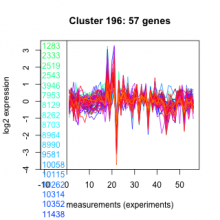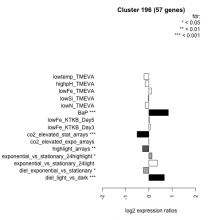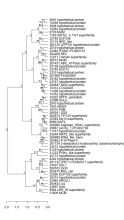263653 P-ATPase-VThalassiosira pseudonana
| Chromosome | Product | Transcript Start | End | Strand | Short Name | |
|---|---|---|---|---|---|---|
| 263653 | chr_10 | P-ATPase-V | 409131 | 413642 | + | P-ATPase-V |
| NCBI ID | Ensembl Genomes exon ID |
|---|---|
| 7445865 | Thaps263653.7, Thaps263653.5, Thaps263653.8, Thaps263653.2, Thaps263653.1, Thaps263653.4, Thaps263653.3, Thaps263653.6 |
| Expression Profile | Conditional Changes | Cluster Dendrogram | Discovered Potential cis-Regulatory Motifs |
|---|---|---|---|
Thaps_hclust_0196 |
 |
 |
   |
| KEGG description | KEGG Pathway |
|---|---|
| Not available | Not available |

Add comment